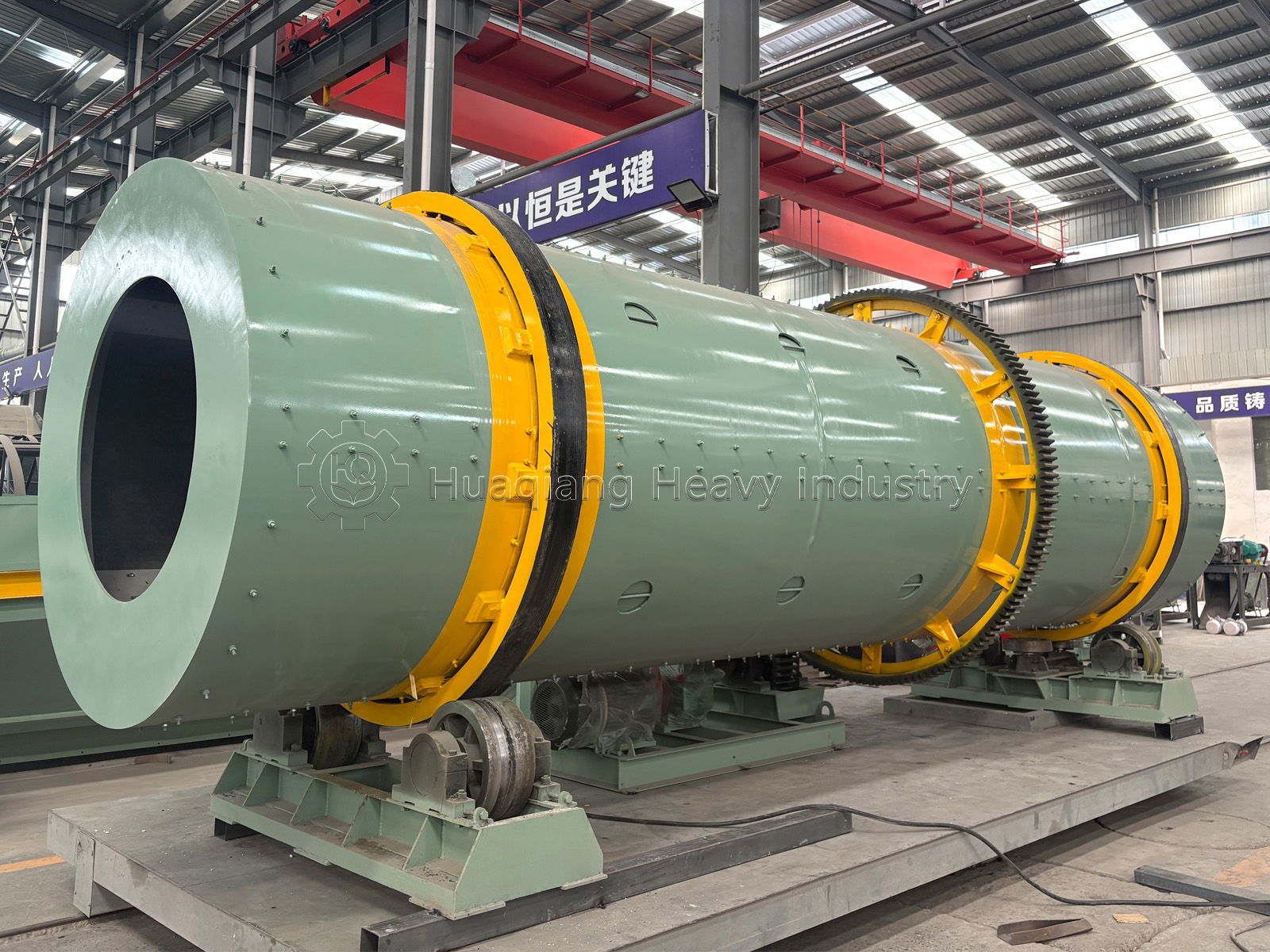Common Faults and Solutions for Rotary Drum Granulators
Common Faults and Solutions for Rotary Drum GranulatorsThe rotary drum granulator is the core equipment in a fertilizer production line. Its stable operation directly impacts the quality and production efficiency of granulated fertilizers. Understanding common troubleshooting methods can reduce downtime and ensure continuous production.

Uneven granulation is a common problem, manifesting as large variations in granule size and excessive fineness. If this is due to an imbalance in the raw material moisture content, adjust the pre-treatment humidity to 25%-30%. If the material distribution is uneven, check the angle of the inlet guide plate to ensure even distribution along the drum axis. Abnormal drum speed can also cause this problem. This can be calibrated using a frequency converter. The ideal speed for medium and low-concentration fertilizers is 15-20 rpm.
Abnormal vibration or noise during equipment operation is often related to mechanical components. First, check the contact between the support roller and the roller ring. If uneven wear results in excessive clearance, adjust the support roller position and add grease. Loose anchor bolts can also cause vibration and should be tightened regularly with a torque wrench. If the noise originates from the gearbox, it could be due to poor gear meshing or insufficient lubricant. Disassemble and inspect for wear, replace components promptly, and replenish with specialized gear oil.
Material clumping and sticking to the drum wall can reduce granulation efficiency and even cause equipment jams. If the drum inclination angle is too small, fine-tune it to 3°-5° to improve fluidity. If the material softens due to excessive temperature, reduce the hot air temperature or increase the induced air volume. Regularly cleaning residual material from the drum wall to maintain a smooth surface can also effectively prevent sticking.
Sudden drops in production capacity are often caused by a combination of factors. Check the feed rate for stability; a malfunctioning feeder can lead to insufficient feed. Check the screen for blockage and remove debris promptly to ensure smooth discharge. If the drum drive system is slipping, check the belt or chain tension and replace worn parts as necessary.
Daily maintenance is key to preventing problems: clean equipment residue every shift, check bearing temperature and lubrication status weekly, and calibrate key parameters monthly. Mastering these techniques will ensure efficient operation of the rotary drum granulator and provide stable fertilizer production.
